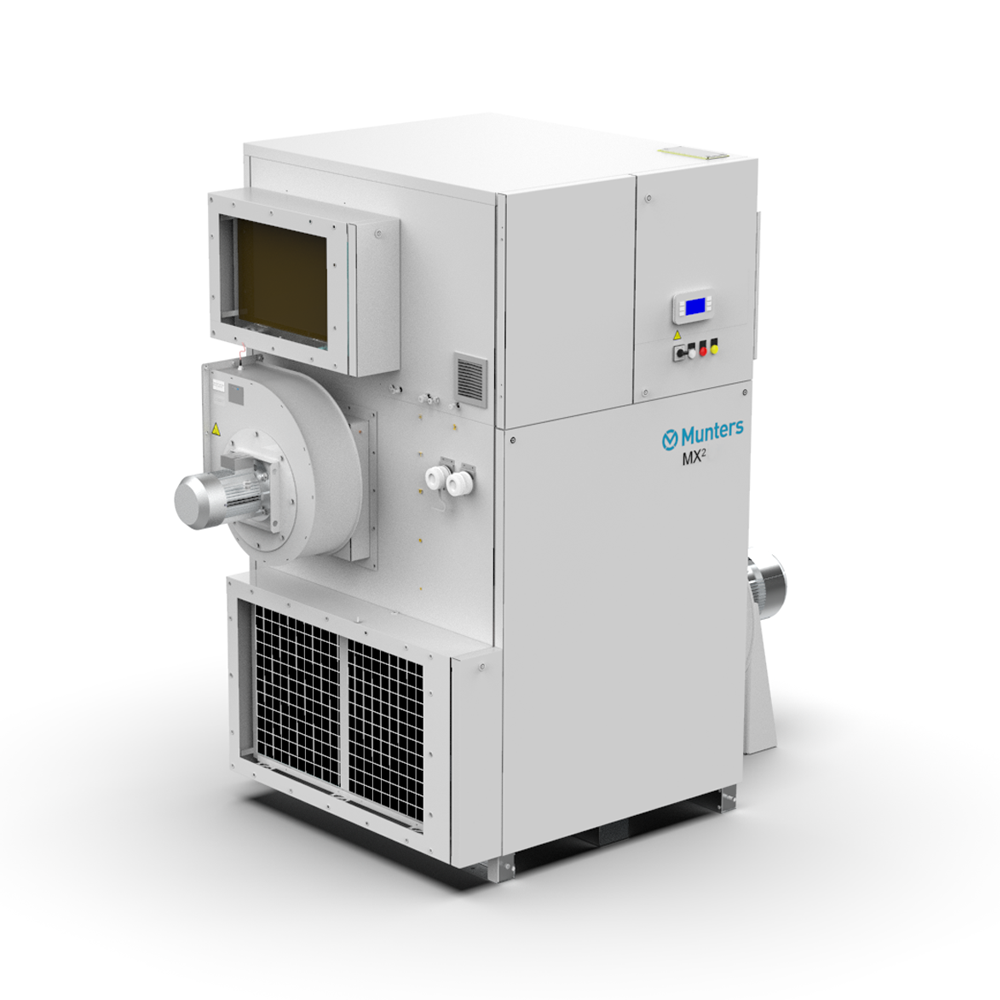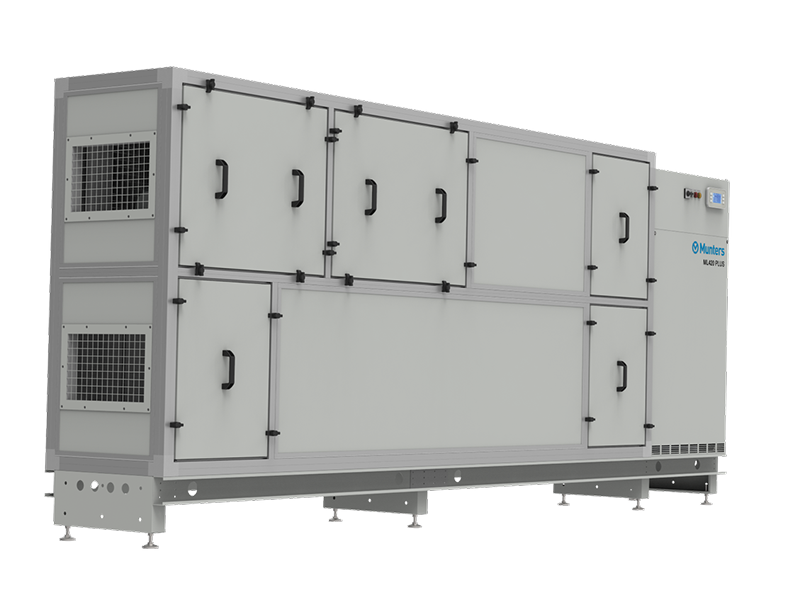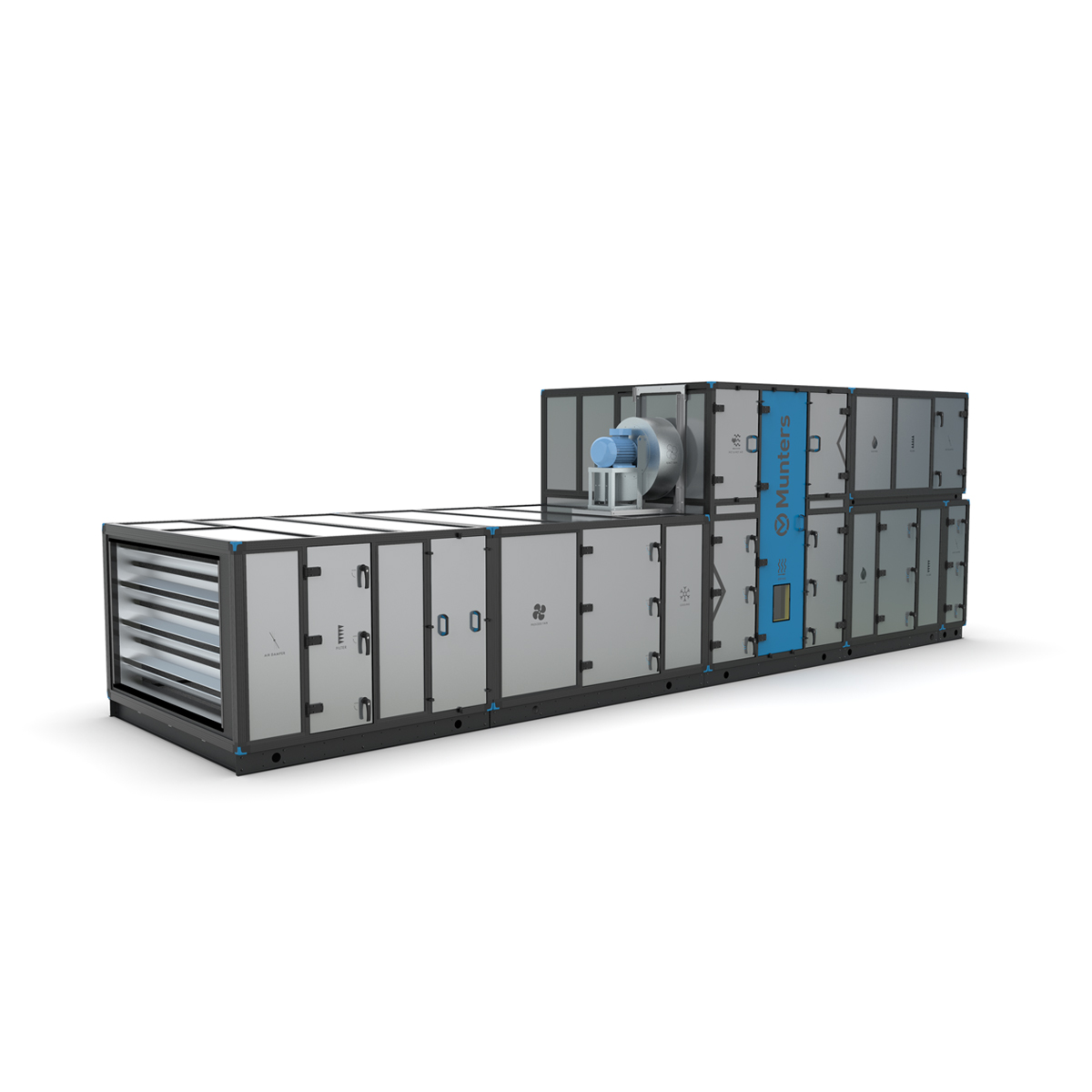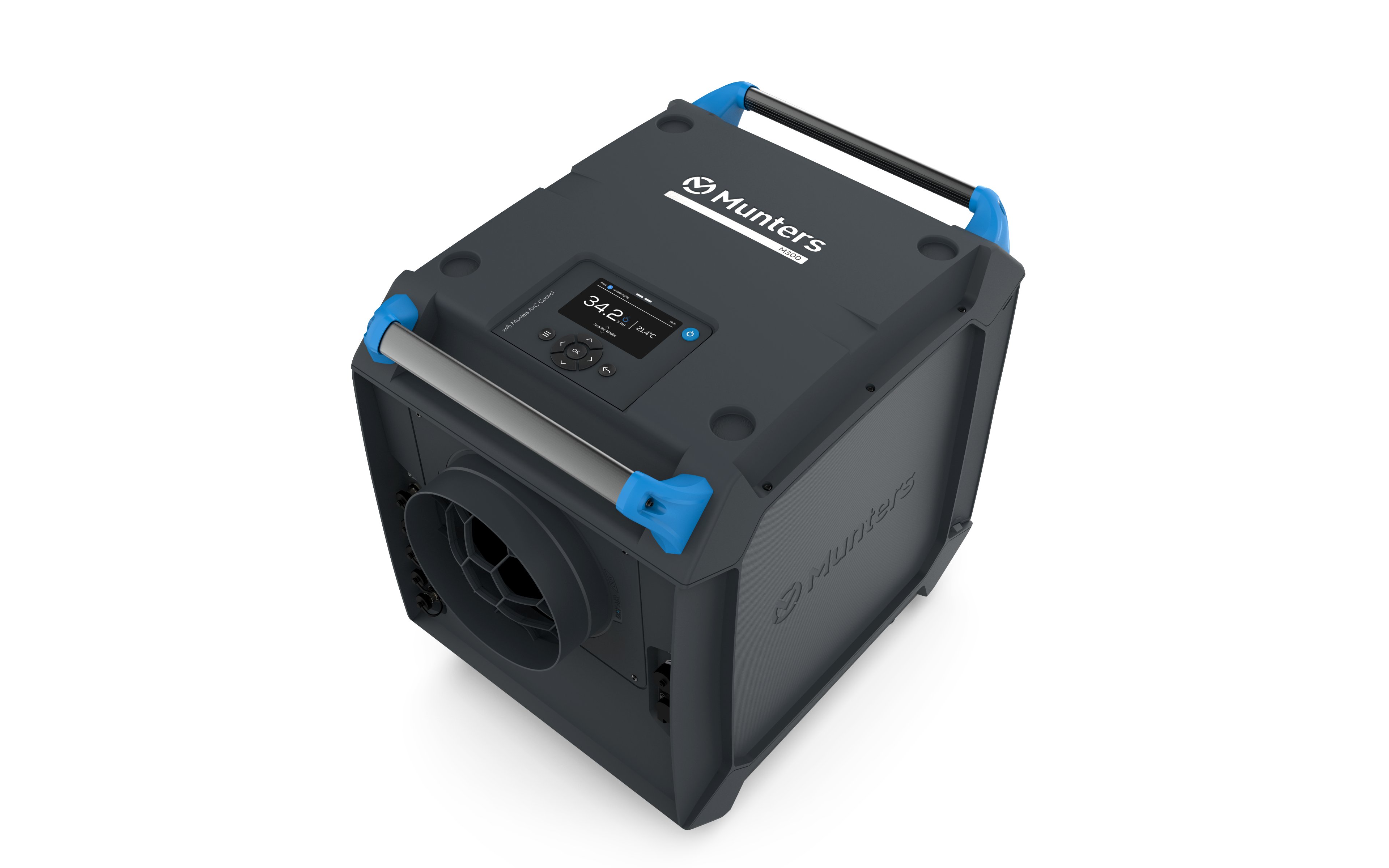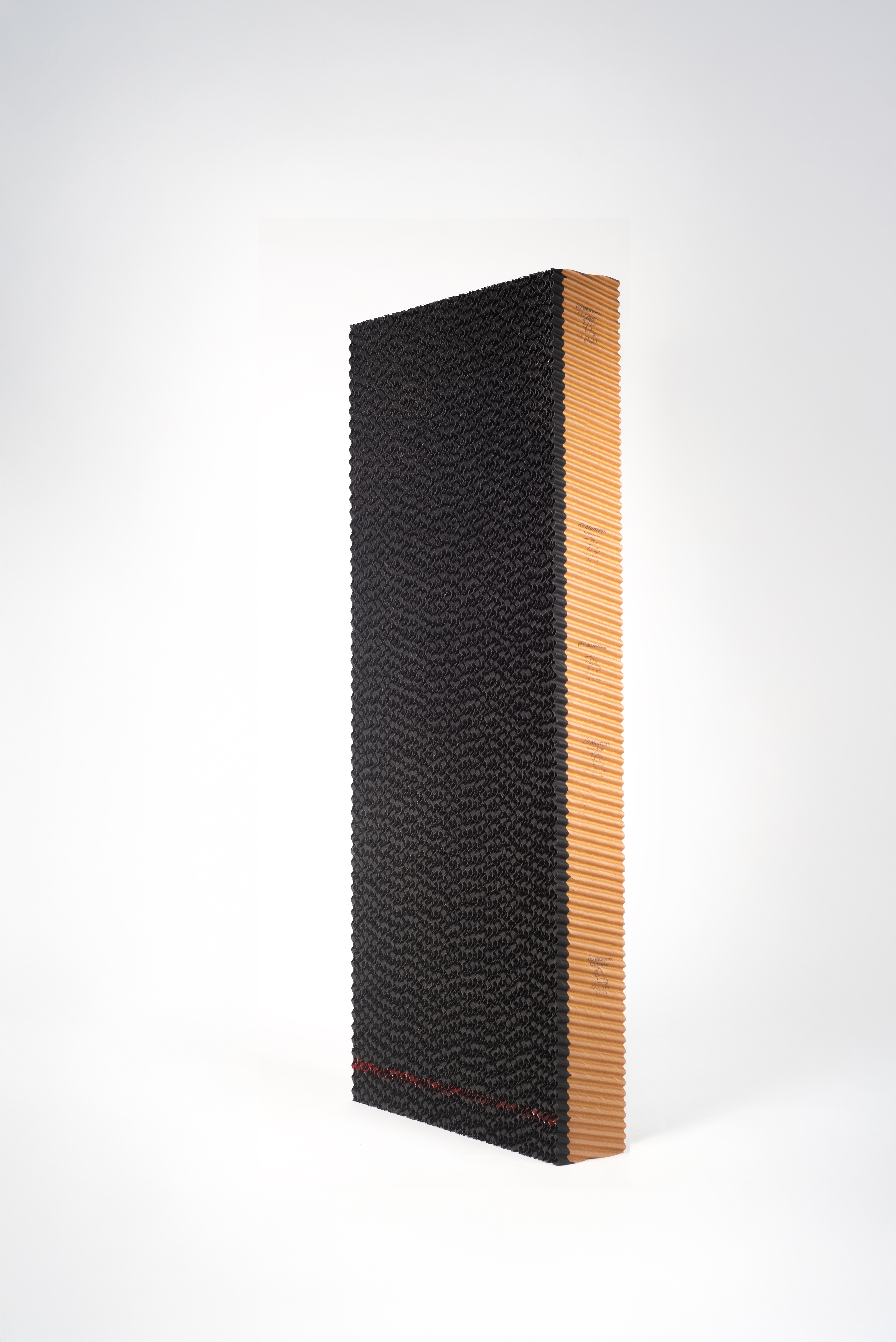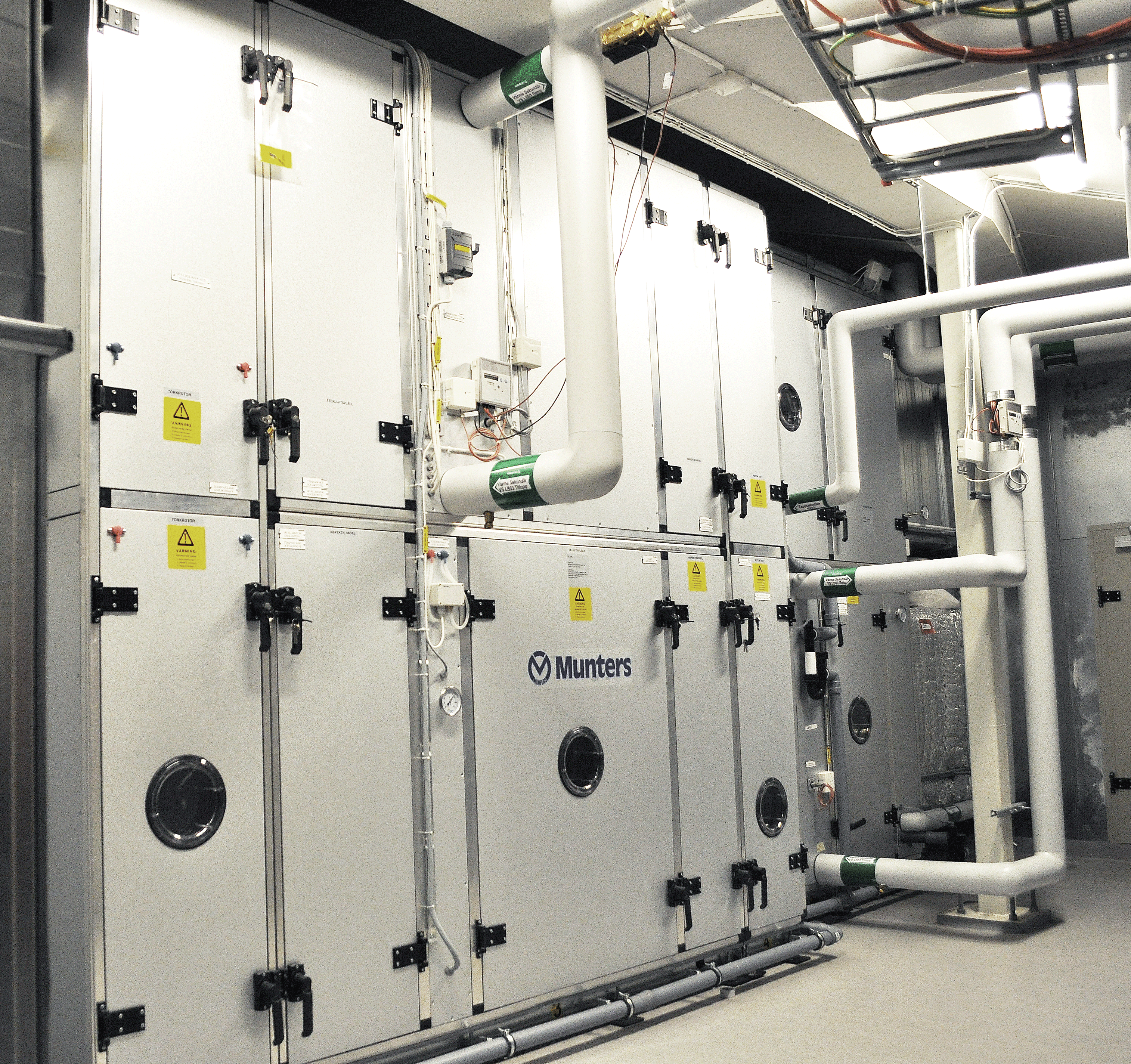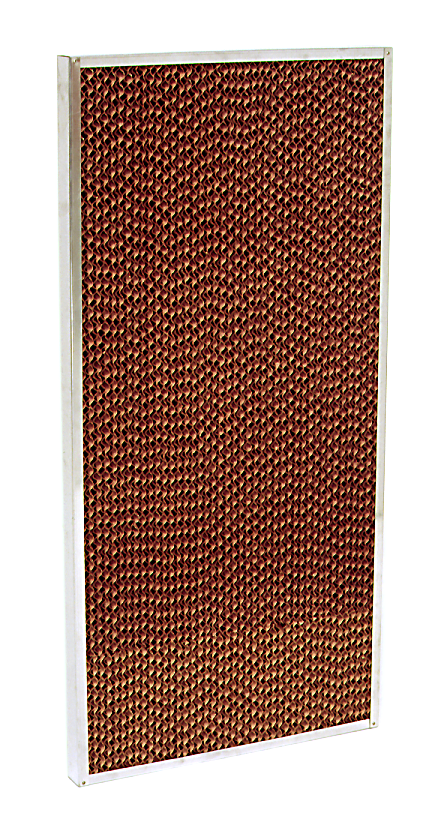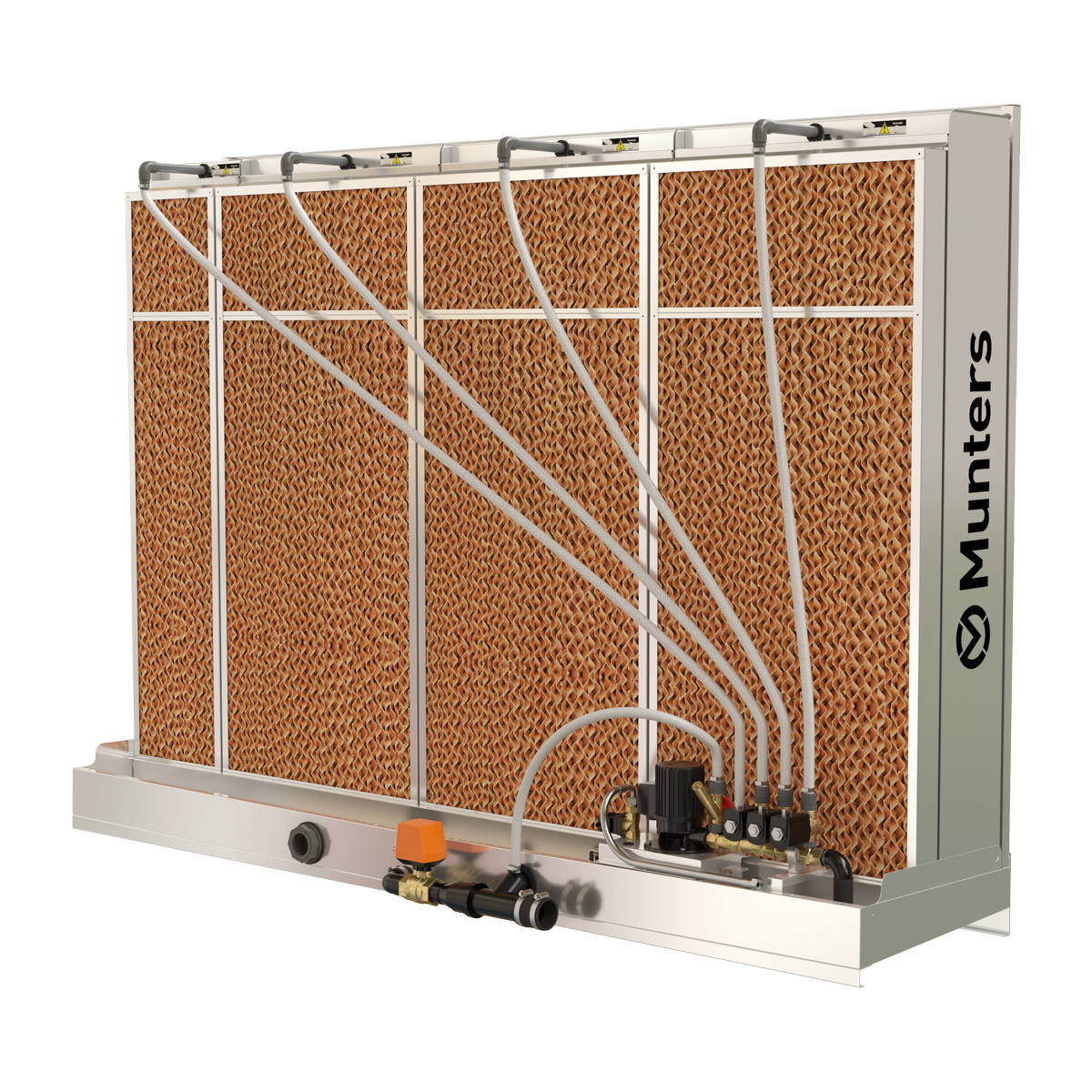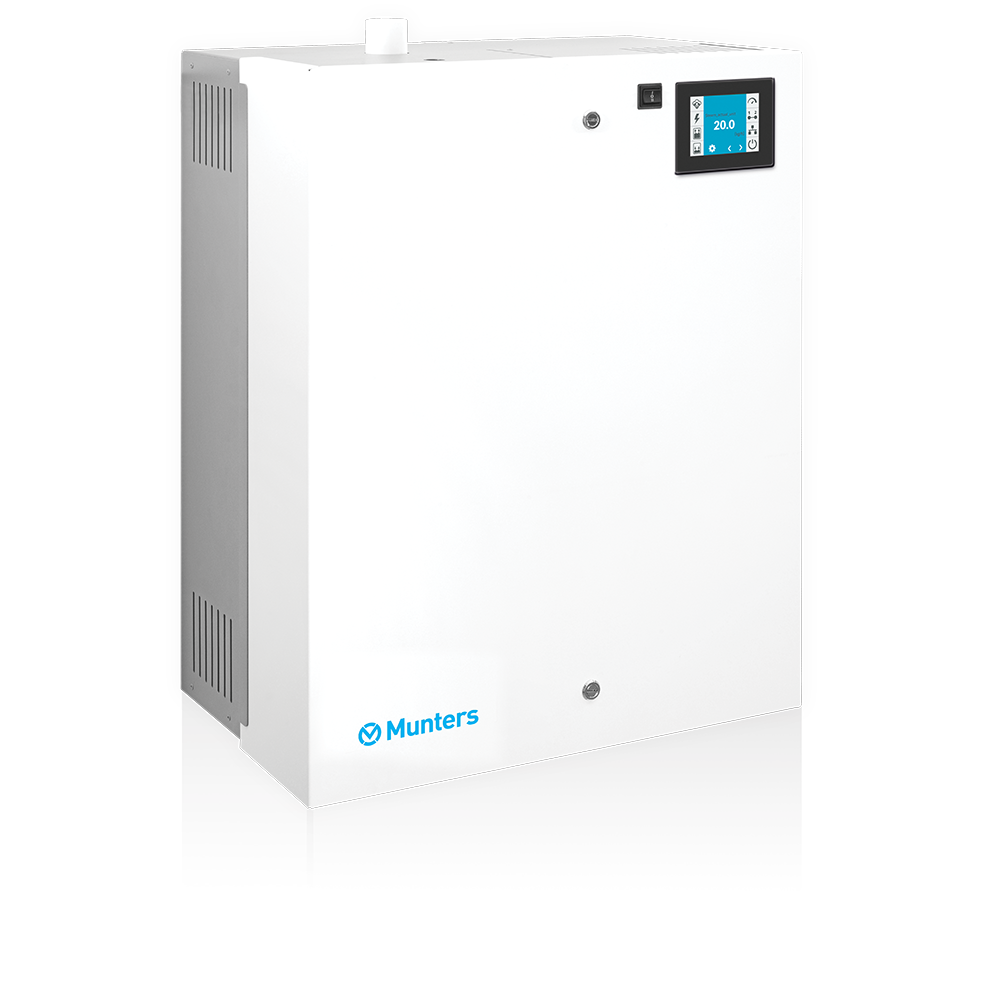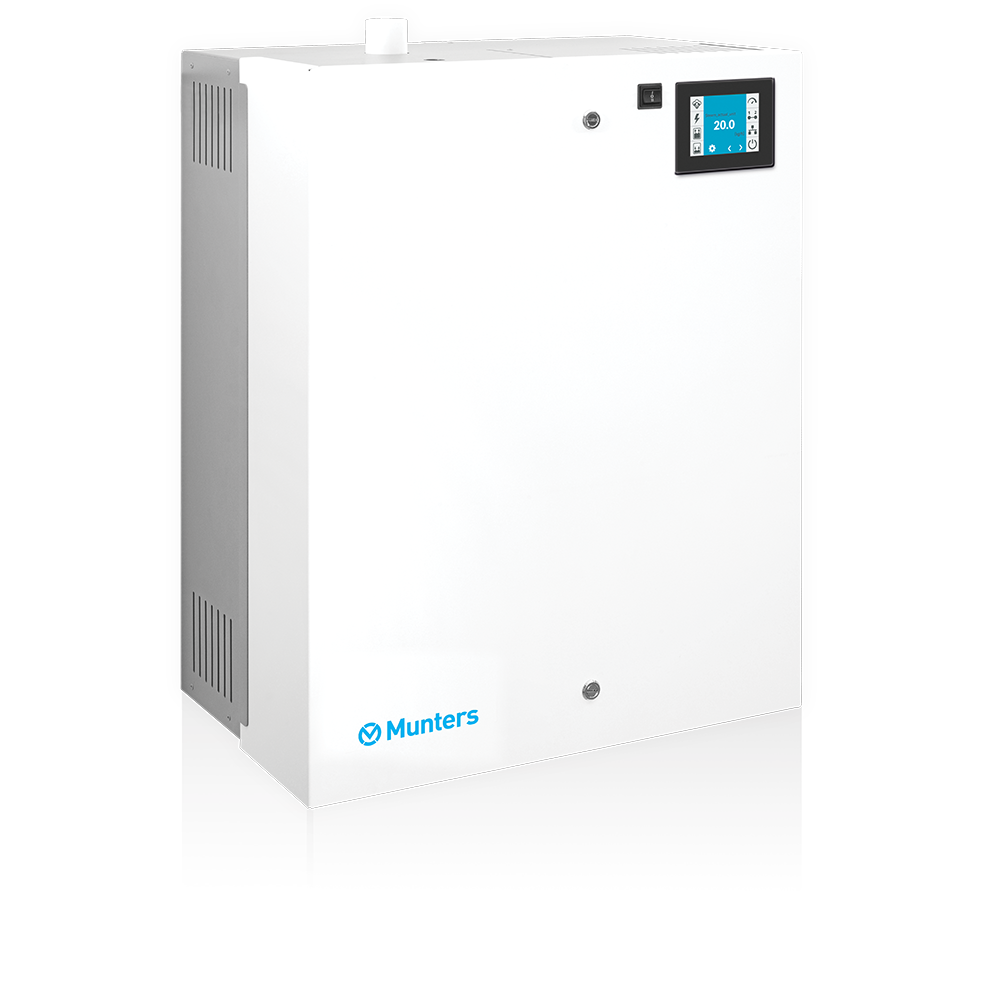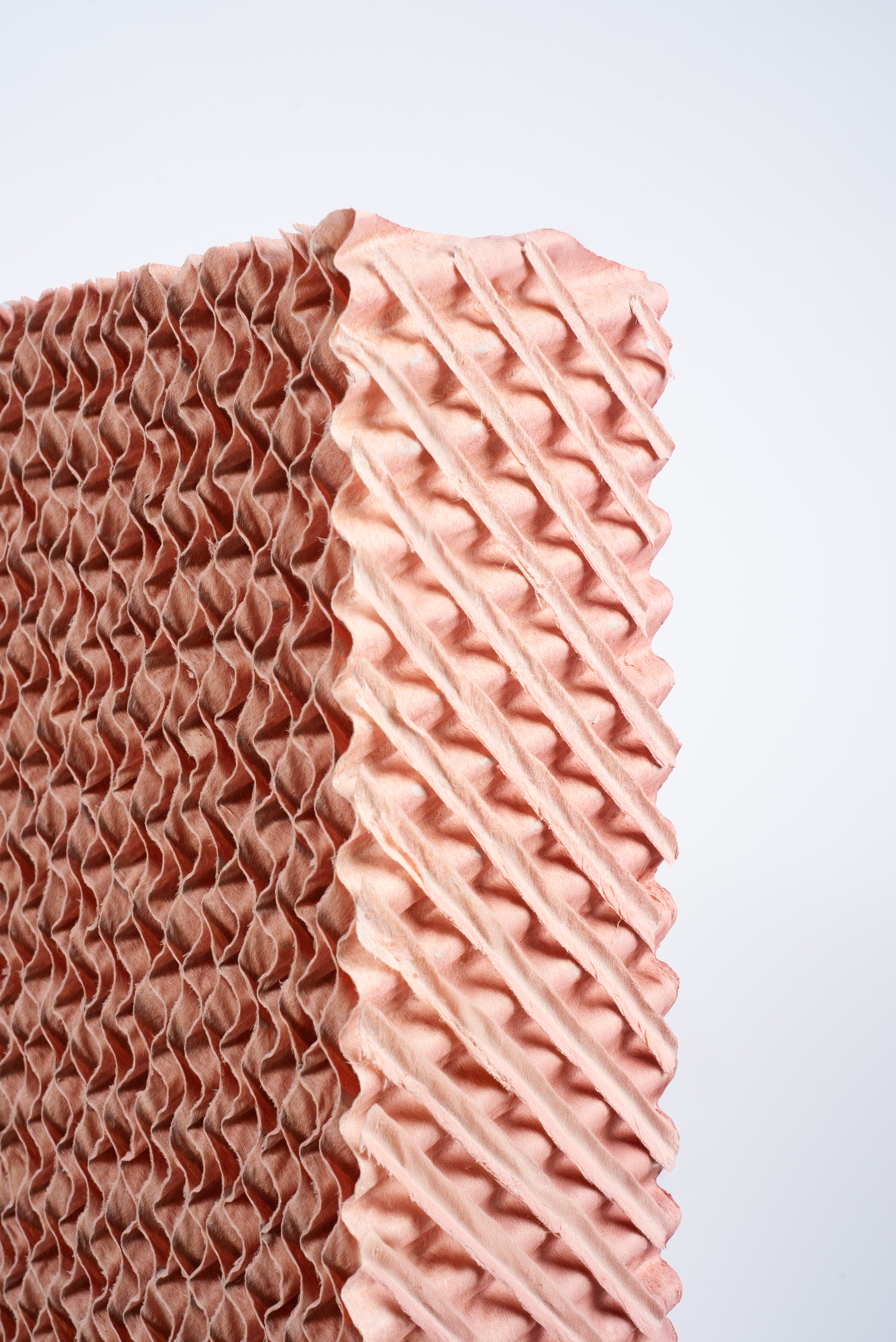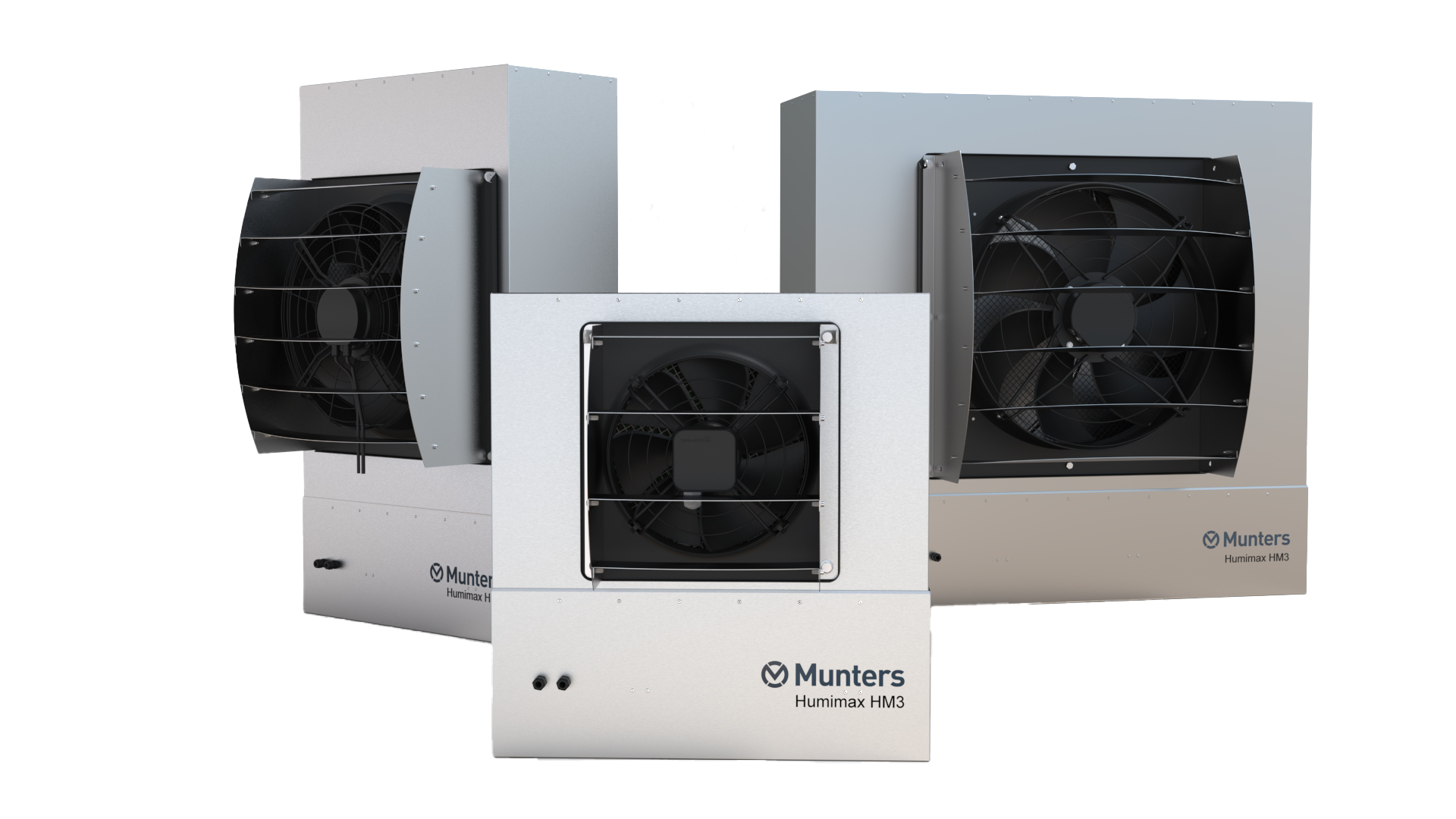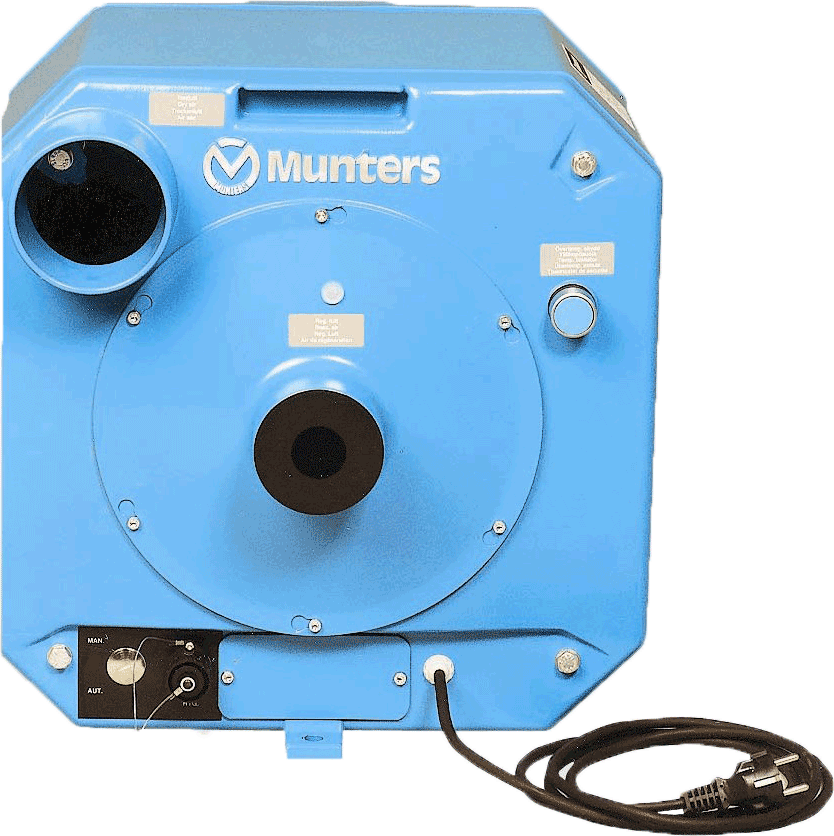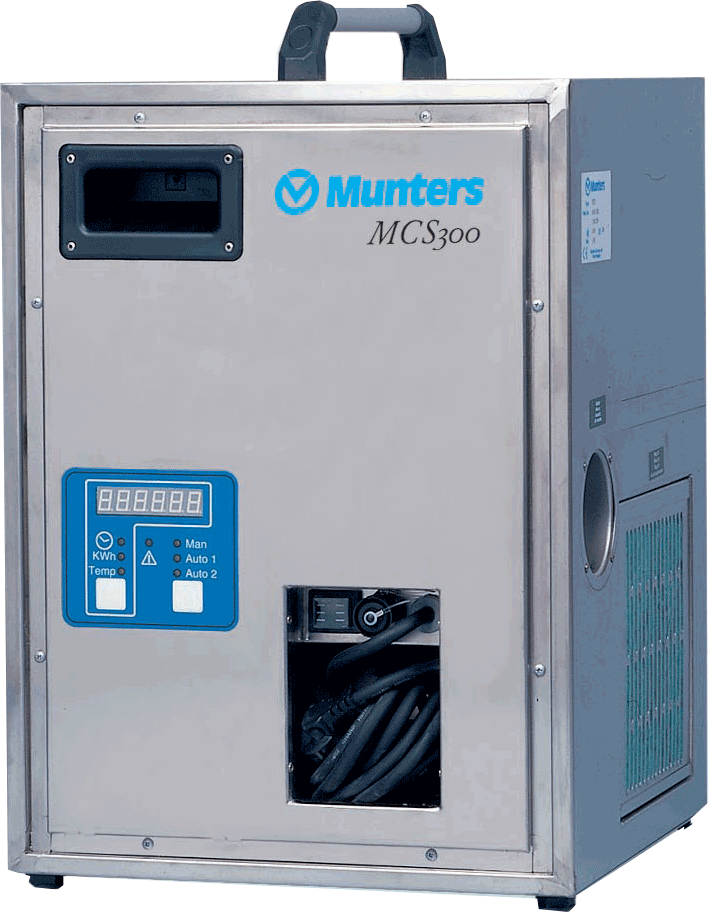Moisture threatens materials, assets, and infrastructure
Most materials depend on optimal relative humidity to preserve their shape and structure. Depending on the material composition, these issues could be rust and corrosion, mold and fungi, harmful chemical reactions, electrical faults, and/or the weakening of the material.
For art, documents, vehicles, or equipment in storage, damage related to excessive moisture, such as corrosion of metals, deterioration/discoloration of paper, or mold and fungi growth on surfaces or building structures, are common problems. For wood storage and other similar materials, not only too much but also too little moisture can be problematic. If the ambient air is too dry, wood, clay, or leather, can crack and fall apart. For infrastructure such as bridges, extensive maintenance is usually required to avoid rust and corrosion. In construction projects, the time required for the concrete to dry is a well-known source of operational delay and increased costs.
The main risk in preservation is the relative humidity, while the temperature has little or no impact. Dehumidification or humidification is key to maintaining the optimal climate. The solution is an energy-efficient climate control system, which regulates the relative humidity as well as the temperature, and ensures your valuable artifacts, documents, or infrastructure stay preserved against time.
Without humidity control you risk:
- Irreversible damage to invaluable artifacts, documents, and artworks
- Corrosion and mold growth in existing infrastructure
- Increased energy consumption

“By maintaining a stable level of relative humidity in the ambient air, problems such as rust, corrosion, mold, electronic malfunction, or cracking materials can be avoided while reducing energy consumption at the same time. It’s the key to preservation, regardless of application and industry.
Joakim Embring, Business Unit Manager, Sweden
Munters

Humidity comfort zones for preservation of material
Controlling humidity is essential when trying to preserve and extend the life of artifacts, documents, and buildings. The goal is to maintain a low and stable Relative Humidity (RH) level, regardless of the outdoor climate or time of year.
Most materials react to moisture. Air with high relative humidity is more likely to transfer its moisture to materials such as paper, clay, wood, metal, or textiles. This can lead to damage such as swelling, cracking, and loss of structural integrity. On the other hand, air with very low relative humidity can cause materials to dry out, resulting in cracking or brittleness.
All materials have “comfort zones” where their properties are kept unaffected by moisture, guaranteeing high quality and improving shelf life. As a general rule, maintaining consistent relative humidity levels of around 50% all year round, protects most materials from moisture-related damage.
Effects of relative humidity on materials:
- >70% RH, mold, fungus, and mildew flourish and multiply
- >60%RH, corrosion is rampant (but will not occur at <50% RH)
- At 55% RH, cardboard packaging starts to soften and collapse
- <40% RH to avoid bacterial growth
- <40% RH prevents electronic failures and extends component life
- 20-30% RH and 41°F, to store nitrate films and avoid decomposition
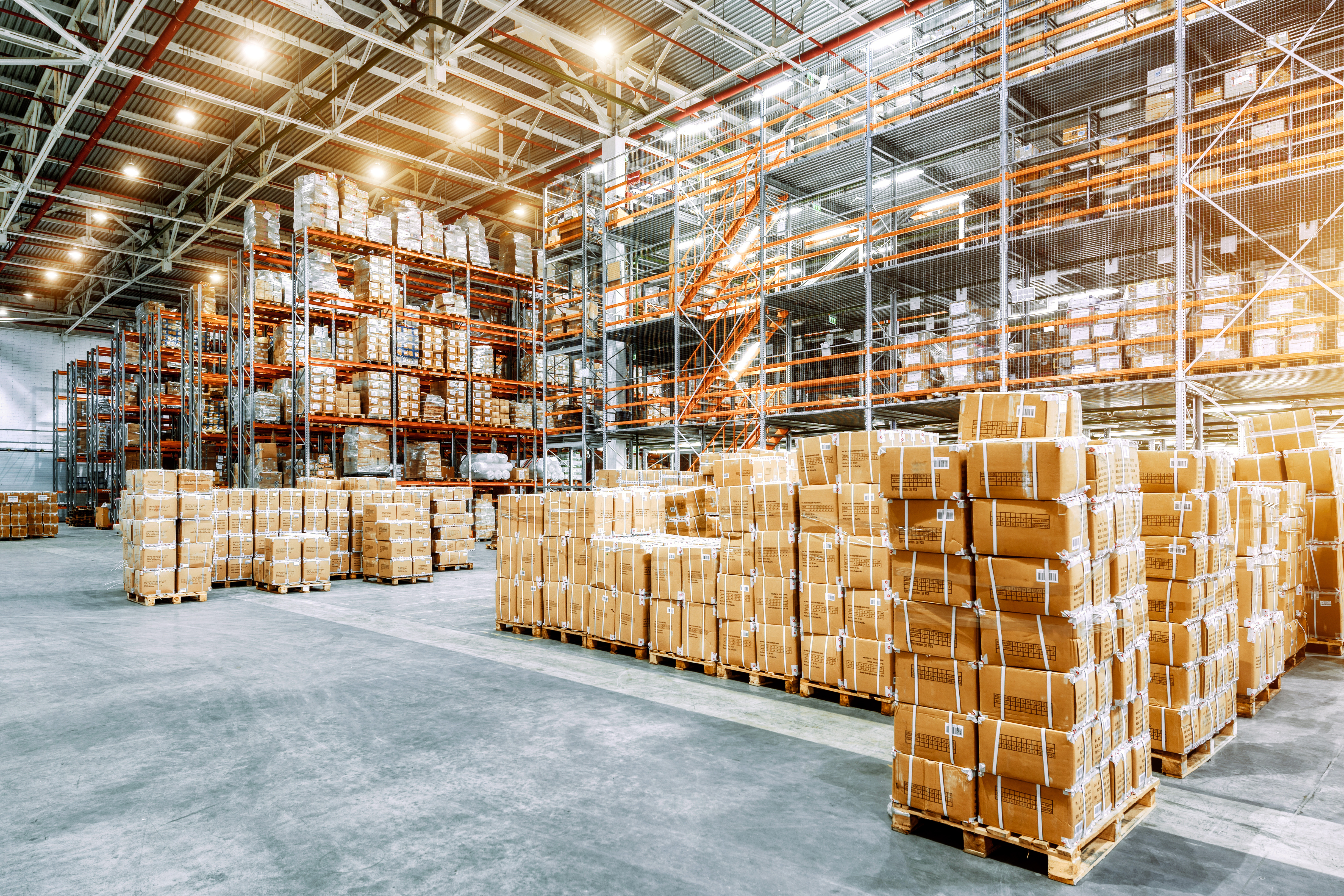
Humidity control is better than heating
In dry-storage facilities, it is common to use heating to control humidity. However, in a heated building, the relative humidity can fluctuate between 20-70%, depending on the outdoor conditions. And it is humidity that has an impact on materials.
The cost of heating a storage space is typically at least twice as high as the cost of dehumidification and can often make conditions uncomfortable for employees if the area becomes too warm. This makes heating a costly and ineffective way to control humidity and moisture, as temperature itself has no impact on the quality of most materials.

Munters has a history with preservation applications
A humidity-controlled storage space offers perfect protection for most materials. By implementing a customized climate-control system from Munters, the optimal humidity level can be maintained year-round. Through sensors, the system will detect whether dehumidification or humidification of the air will be needed, thereby ensuring an optimal level of humidity for the storage facility.
Munters has a long history of providing indoor climate solutions for a range of preservation needs. For decades, our innovative climate control systems have earned the trust of world-renowned museums, national archives, military facilities, power stations, and many other critical sectors.
Thanks to our global application and design expertise, we create solutions that precisely match the unique requirements of your business and that are fully supported by our in-house service team.
Products - Preservation
Industries where preservation is a critical application
Ineffective moisture control poses a significant risk to items stored in archives or warehouses.
Excess humidity affects the physical, chemical, and biological stability of materials and can cause porous materials like wood, paper, cardboard, and fabrics to deteriorate. It weakens organic materials and can cause metal objects to rust and corrode. On the other hand, an excessively dry environment makes materials more vulnerable to cracking and tearing with the slightest handling.
Munters energy-efficient climate control systems, managing both dehumidification and humidification, will ensure to counter-balance the natural fluctuations in the ambient air and keep the archive or warehouse at optimal relative humidity all year round.
Exposure to high relative humidity levels can damage works of art, s, artifacts, and valuable documents that must be preserved by museums and galleries. Maintaining relative humidity levels to below 50% typically ensures that these assets are unaffected by moisture in the ambient air. Maintaining stable relative humidity levels according to the assets in storage will help protect your irreplaceable collections.
Munters' climate control solutions ensure the humidity level is kept constant by dehumidifying or humidifying the air, based on data collected by sensors in the room or display cabinet. Temperature control can also be included and maintained at the recommended level. Our energy-efficient systems can be used both in the exhibition halls, in the museum archive, or in display cabinets, ensuring a pleasant temperature and humidity both for the visitors and for the collections.
Excess humidity is a persistent problem in the construction and infrastructure industry, mostly in relation to steel and concrete. High humidity can affect concrete drying times, and premature corrosion, mold growth, etc. in existing structures like bridge pilings can also cause issues in infrastructure projects.
Waiting for concrete to dry naturally can be unfeasity and risk project delays. Although a slab may appear dry, the appearance can be misleading.
When it comes to steel, corrosion of components is commonplace and not always easily detected. This is especially dangerous, since it can lead to structural failure, environmental damage, a loss of capital investment, and, in the worst case, even human life.
Munters solutions for construction and infrastructure ensure the correct humidity levels, whether to accelerate building processes or keep already-built infrastructure healthy.
Indoor climate control directly impacts the quality, availability and maintenance of defense and aerospace components and systems.
Climate control is vital to this industry, impacting on the availability, quality and condition of mission critical systems, equipment, and components, as well as affecting maintenance, repair and replacement costs.
Proper storage is vital to maintaining equipment in storage. Reducing humidity levels is a cost-effective way of ensuring functionality and availability when the equipment is needed in action. Humidity control prevents corrosion on metal surfaces and inhibits the growth of mold and fungus on items with organic material. It also slows or prevents the degradation of chemical compounds in ammunition, optimizing its shelf life.
Munters' climate control solutions will ensure your equipment works when it's needed.
To optimize power output, it is important to ensure an optimal environment for power generation equipment, as well as for the building itself.
High humidity causes condensation and corrosion. Too much moisture in the air leads to operational issues with pumps, switchgears and electronics, which can lead to startup failures (e.g. after mothballing and maintenance outages), corrosion and mold on the premises, leading to potential fines for non-delivery.
water and waste water treatment stations, ensure a low-humidity environment to prevent these problems. With industrial dehumidification and moisture control, the power plant will remain in good operational condition.
The preservation of our historical buildings is integral to preserving our heritage. Maintaining relative humidity levels in historical buildings like castles, churches and religious buildings, to between 40% and 60% RH, prevents moisture damage, mold growth, and deterioration of building materials. Climate control must balance the needs of preservation of the building and the building material, with human comfort, and requirements for energy efficiency being important considerations. Desiccant dehumidification provides a cost-effective, sustainable solution which will minimize environmental impact while safeguarding the building's structure.

Customers using Munters' solutions for preservation applications
Learn more about humidity control for long-term preservation
Want to learn more about humidity control for preservation applications?







